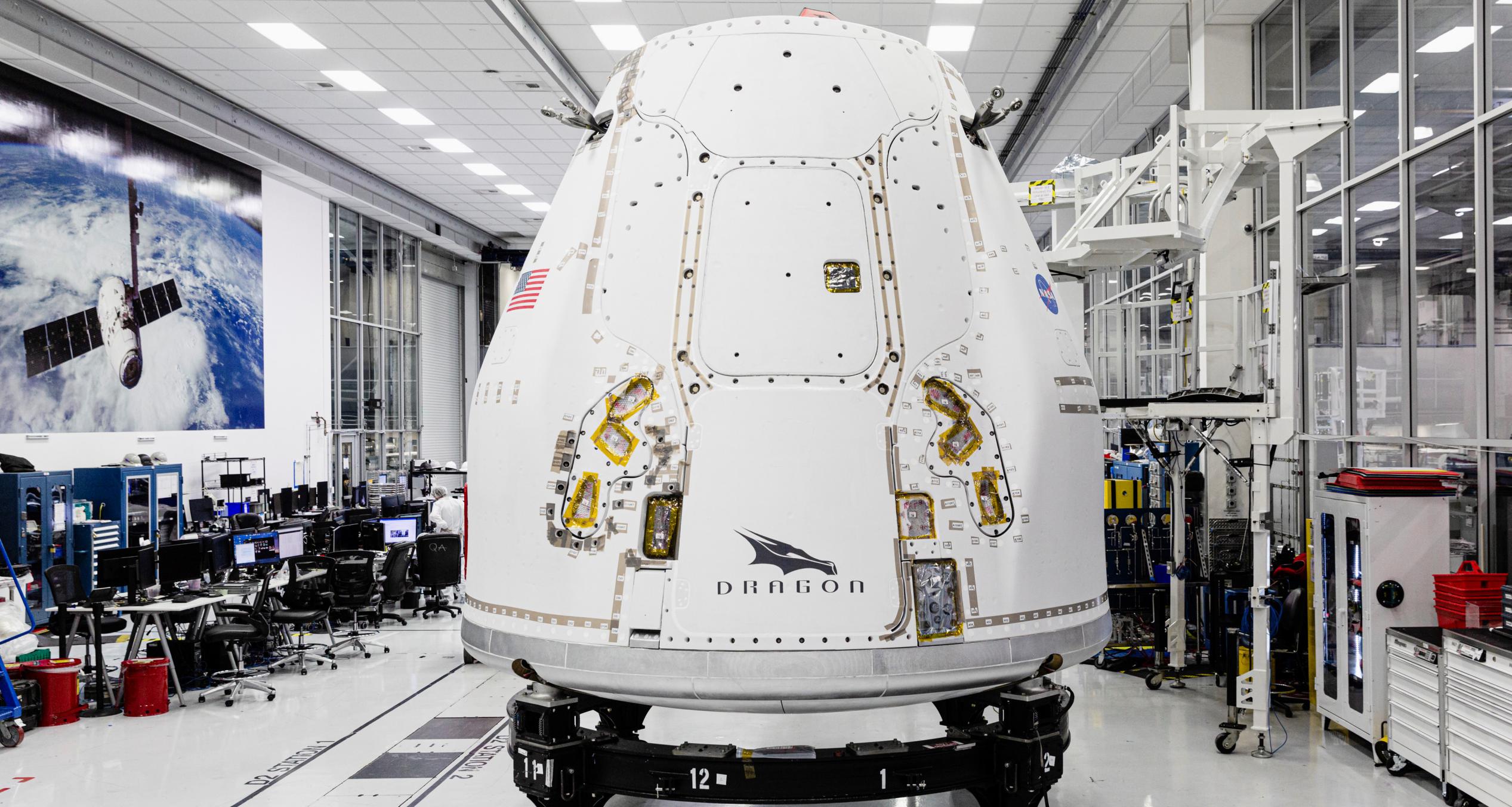
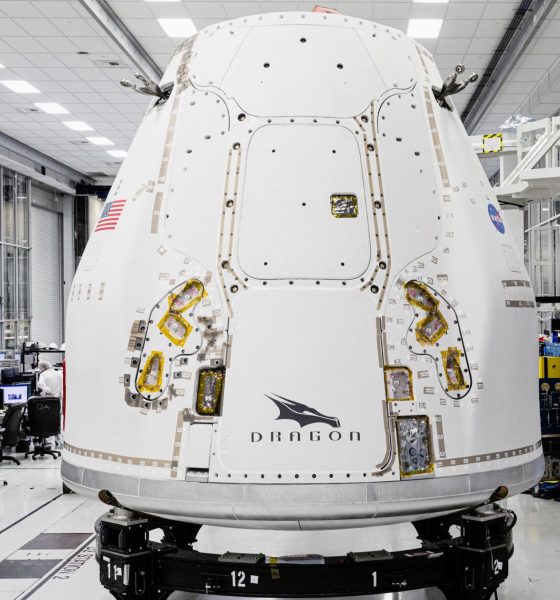
News
SpaceX ships upgraded cargo spacecraft to Florida for first orbital Dragon rendezvous
SpaceX says it’s shipped the first upgraded Dragon 2 cargo spacecraft to Florida, opening the door for the first simultaneous spaceflight of two Dragons.
More or less a modified version of SpaceX’s rapidly maturing Crew Dragon spacecraft, the company says that Cargo Dragon 2 will be “able to carry 50% more science payloads” than the original Cargo Dragon. Cargo Dragon checked off numerous earthshaking milestones over its career, ultimately becoming the first privately-developed spacecraft to reach orbit, reenter, and splashdown; the first commercial spacecraft to rendezvous and deliver cargo to the International Space Station (ISS), and the first routinely-reused orbital capsule.
SpaceX retired the historic vehicle after it completed its 21st successful orbital launch and landing in April 2020, less than two months before Crew Dragon lifted off on an even more historic astronaut launch debut. Prior to Demo-2, Crew Dragon completed what both NASA and SpaceX deemed an almost unbelievably flawless uncrewed launch debut in March 2019. Now, two months after the spacecraft successfully returned two NASA astronauts from orbit to earth for the first time, SpaceX is gearing up for Crew Dragon’s operational astronaut launch debut at almost the exact same time as Cargo Dragon 2 is preparing for its own debut.
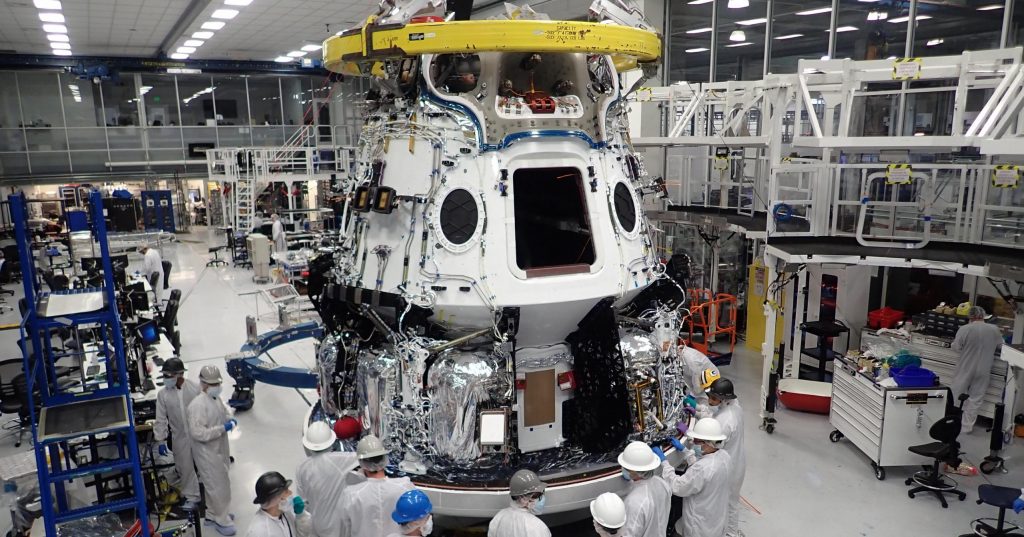
As of an October 10th update from NASA, SpaceX and the space agency have decided to delay Crew Dragon’s Crew-1 launch by several weeks to double and triple-check that a booster engine issue that aborted a recent Falcon 9 satellite launch has no common root with its sister rocket. Likely built side by side at SpaceX’s Hawthorne, CA factory, it’s not unreasonable to want to verify that Falcon 9 booster B1061 (Crew-1) is unaffected by the same issue that forced B1062 to abort its US military GPS III satellite launch on October 2nd.
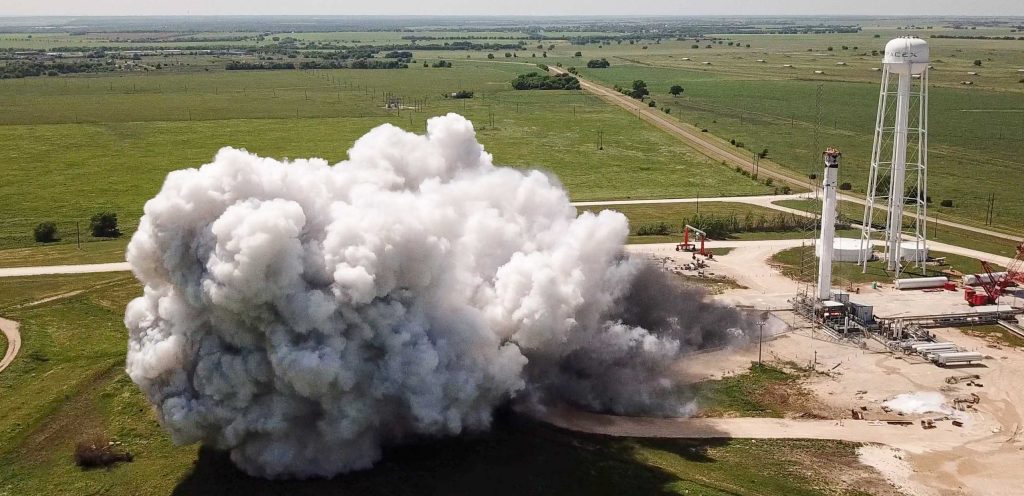
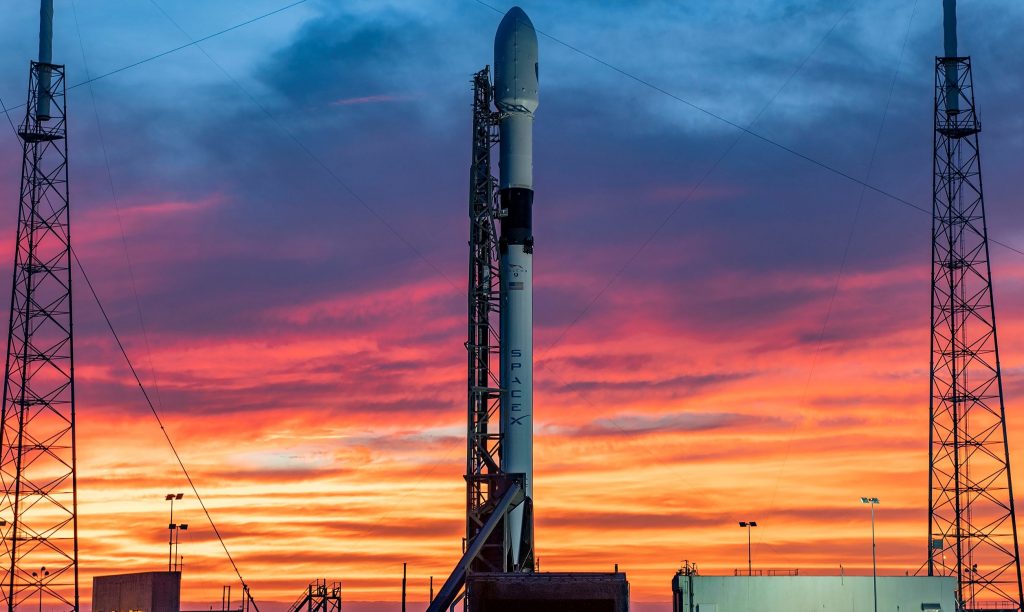
As a result, Crew-1 has slipped from placeholder launch dates on October 23rd and October 31st to sometime in “early-to-mid November,” while most external sources suggest that a mid-to-late November target is more likely. NASA and SpaceX never confirmed the arrival but Crew Dragon capsule C207 likely reached Florida in late August or early September, where teams have since been outfitting and processing the spacecraft for final inspection and closeout procedures.
Meanwhile, SpaceX says it shipped the first Crew Dragon-derived Cargo Dragon to Florida several days ago, meaning that the company will soon begin simultaneous preflight processing of two upgraded Dragons for the first time. Notably, SpaceX offered no launch target in its CRS-21 update, though NASA planning documents – prior to recent Crew-1 delays – stated that the mission is scheduled to launch NET November 22nd.
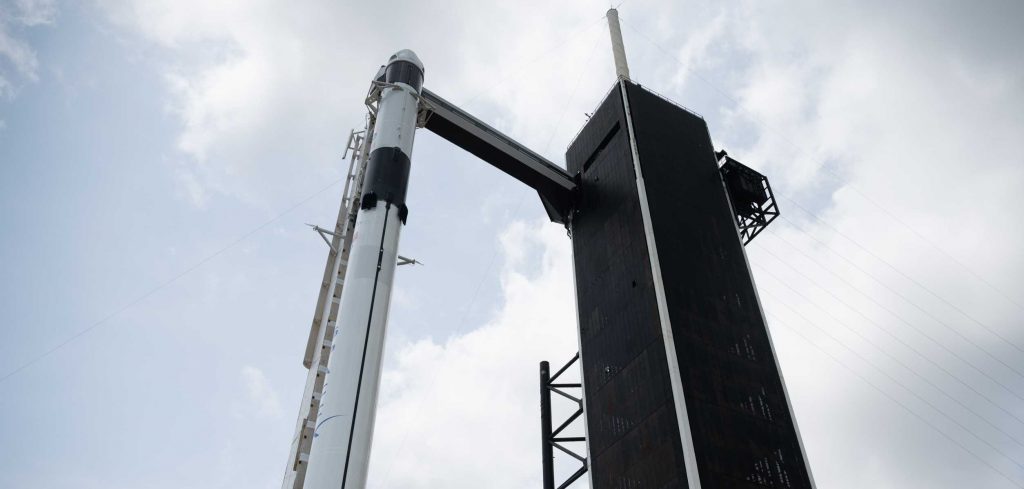
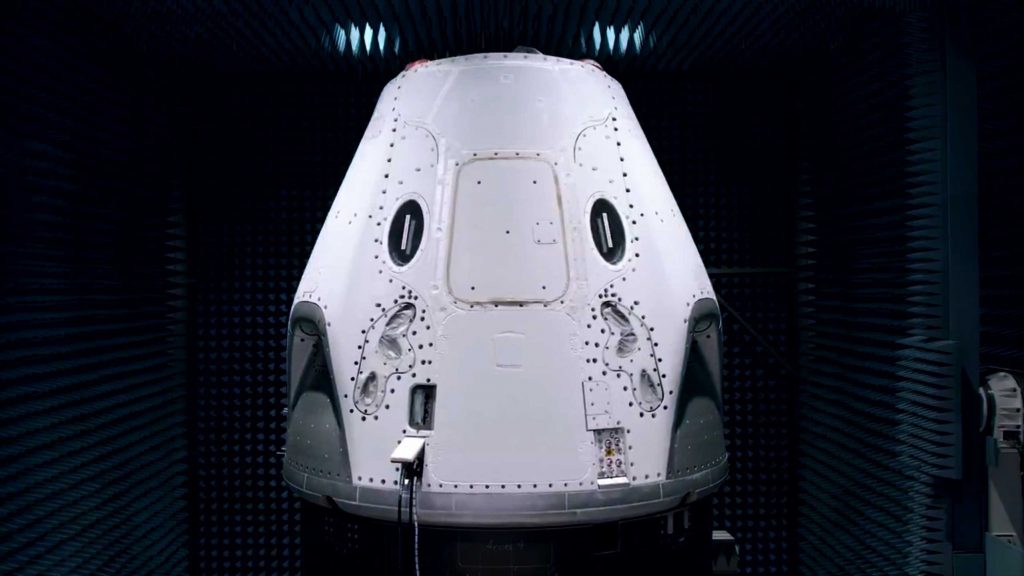
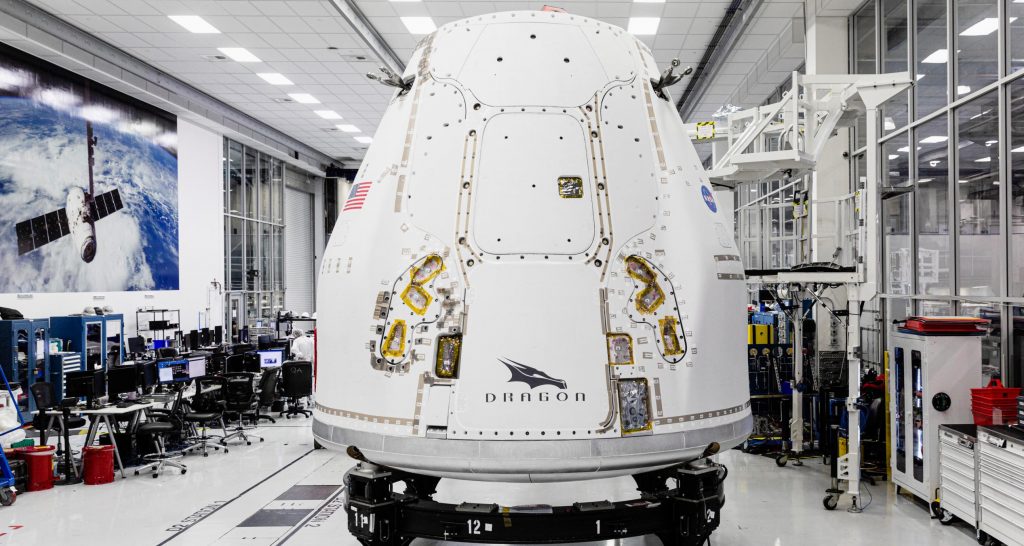
In other words, CRS-21 and Crew-1 are currently scheduled to launch within the same roughly two-week period – a situation that could pose some unique problems. As of now, Crew Dragon and Cargo Dragon 2 both have to launch from Kennedy Space Center Launch Complex 39A, as the pad is outfitted with a unique tower and Crew Access Arm (CAA) that both allows astronauts to board and cargo to be loaded. SpaceX’s Pad 39A turnaround record – the time between two launches from the same pad – is roughly 10 days and that figure is likely much higher for Crew Dragon missions.
If current dates hold, NASA will have to decide which SpaceX Dragon mission to launch first. Either way, though, it would take a major delay for CRS-21 and Crew-1 not to mark the first time that two SpaceX Dragon spacecraft will meet in orbit at the ISS. If successful, it’s safe to say that SpaceX will firmly solidify its position as the only spaceflight company on Earth truly capable of doing it all – from affordable and reusable rocket launches, crewed spaceflight, and space station resupply missions to orbital tourism and more.
Check out Teslarati’s Marketplace! We offer Tesla accessories, including for the Tesla Cybertruck and Tesla Model 3.

Investor's Corner
SpaceX IPO is coming, CEO Elon Musk confirms
However, it appears Musk is ready for SpaceX to go public, as Ars Technica Senior Space Editor Eric Berger wrote an op-ed that indicated he thought SpaceX would go public soon. Musk replied, basically confirming it.

Elon Musk confirmed through a post on X that a SpaceX initial public offering (IPO) is on the way after hinting at it several times earlier this year.
It also comes one day after Bloomberg reported that SpaceX was aiming for a valuation of $1.5 trillion, adding that it wanted to raise $30 billion.
Musk has been transparent for most of the year that he wanted to try to figure out a way to get Tesla shareholders to invest in SpaceX, giving them access to the stock.
He has also recognized the issues of having a public stock, like litigation exposure, quarterly reporting pressures, and other inconveniences.
However, it appears Musk is ready for SpaceX to go public, as Ars Technica Senior Space Editor Eric Berger wrote an op-ed that indicated he thought SpaceX would go public soon.
Musk replied, basically confirming it:
As usual, Eric is accurate
— Elon Musk (@elonmusk) December 10, 2025
Berger believes the IPO would help support the need for $30 billion or more in capital needed to fund AI integration projects, such as space-based data centers and lunar satellite factories. Musk confirmed recently that SpaceX “will be doing” data centers in orbit.
AI appears to be a “key part” of SpaceX getting to Musk, Berger also wrote. When writing about whether or not Optimus is a viable project and product for the company, he says that none of that matters. Musk thinks it is, and that’s all that matters.
It seems like Musk has certainly mulled something this big for a very long time, and the idea of taking SpaceX public is not just likely; it is necessary for the company to get to Mars.
The details of when SpaceX will finally hit that public status are not known. Many of the reports that came out over the past few days indicate it would happen in 2026, so sooner rather than later.
But there are a lot of things on Musk’s plate early next year, especially with Cybercab production, the potential launch of Unsupervised Full Self-Driving, and the Roadster unveiling, all planned for Q1.
News
Tesla adds 15th automaker to Supercharger access in 2025
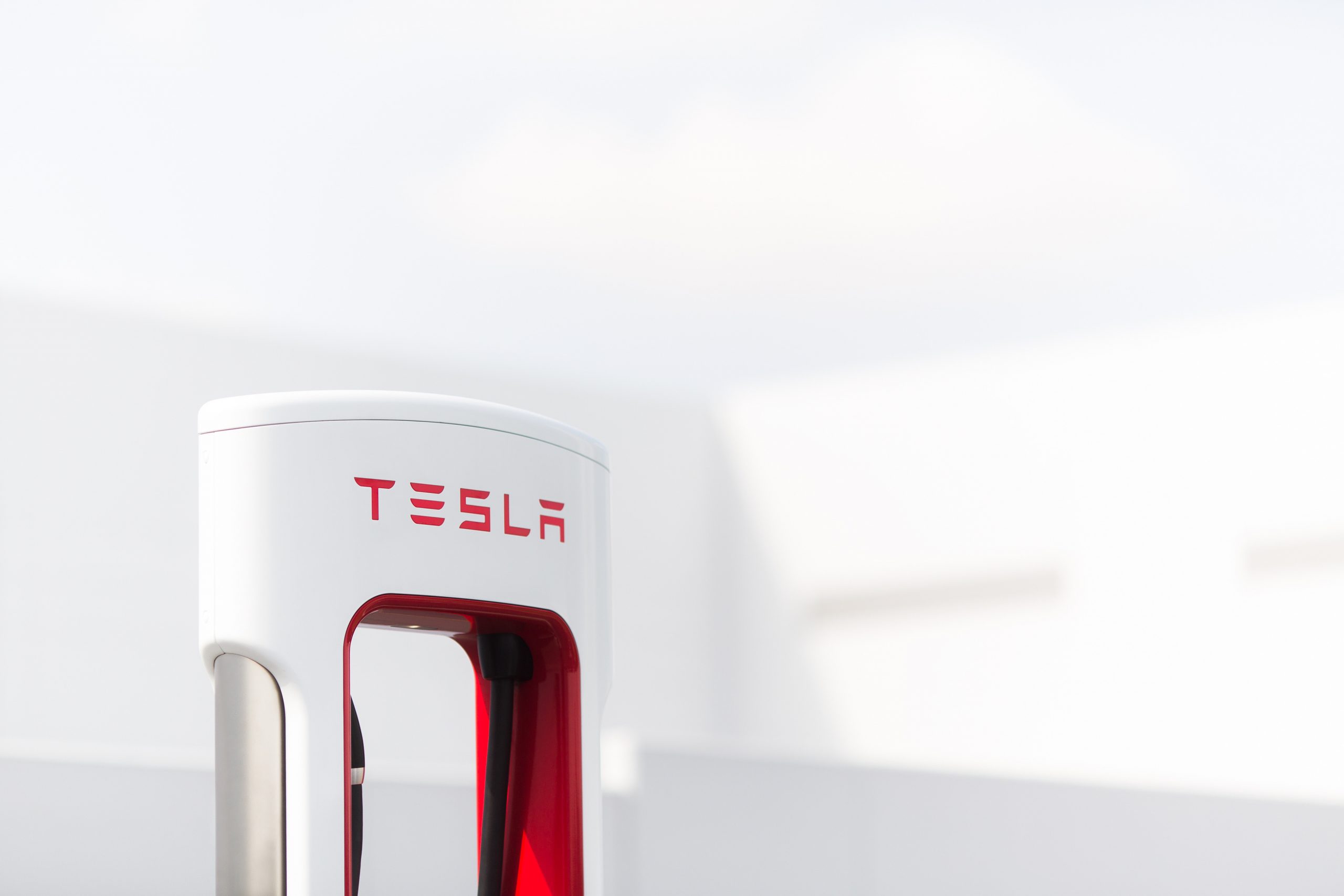
Tesla has added the 15th automaker to the growing list of companies whose EVs can utilize the Supercharger Network this year, as BMW is the latest company to gain access to the largest charging infrastructure in the world.
BMW became the 15th company in 2025 to gain Tesla Supercharger access, after the company confirmed to its EV owners that they could use any of the more than 25,000 Supercharging stalls in North America.
Welcome @BMW owners.
Download the Tesla app to charge → https://t.co/vnu0NHA7Ab
— Tesla Charging (@TeslaCharging) December 10, 2025
Newer BMW all-electric cars, like the i4, i5, i7, and iX, are able to utilize Tesla’s V3 and V4 Superchargers. These are the exact model years, via the BMW Blog:
- i4: 2022-2026 model years
- i5: 2024-2025 model years
- 2026 i5 (eDrive40 and xDrive40) after software update in Spring 2026
- i7: 2023-2026 model years
- iX: 2022-2025 model years
- 2026 iX (all versions) after software update in Spring 2026
With the expansion of the companies that gained access in 2025 to the Tesla Supercharger Network, a vast majority of non-Tesla EVs are able to use the charging stalls to gain range in their cars.
So far in 2025, Tesla has enabled Supercharger access to:
- Audi
- BMW
- Genesis
- Honda
- Hyundai
- Jaguar Land Rover
- Kia
- Lucid
- Mercedes-Benz
- Nissan
- Polestar
- Subaru
- Toyota
- Volkswagen
- Volvo
Drivers with BMW EVs who wish to charge at Tesla Superchargers must use an NACS-to-CCS1 adapter. In Q2 2026, BMW plans to release its official adapter, but there are third-party options available in the meantime.
They will also have to use the Tesla App to enable Supercharging access to determine rates and availability. It is a relatively seamless process.
News
Tesla adds new feature that will be great for crowded parking situations
This is the most recent iteration of the app and was priming owners for the slowly-released Holiday Update.

Tesla has added a new feature that will be great for crowded parking lots, congested parking garages, or other confusing times when you cannot seem to pinpoint where your car went.
Tesla has added a new Vehicle Locator feature to the Tesla App with App Update v4.51.5.
This is the most recent iteration of the app and was priming owners for the slowly-released Holiday Update.
While there are several new features, which we will reveal later in this article, perhaps one of the coolest is that of the Vehicle Locator, which will now point you in the direction of your car using a directional arrow on the home screen. This is similar to what Apple uses to find devices:
Interesting. The location arrow in the Tesla app now points to your car when you’re nearby. pic.twitter.com/b0yjmwwzxN
— Whole Mars Catalog (@wholemars) December 7, 2025
In real time, the arrow gives an accurate depiction of which direction you should walk in to find your car. This seems extremely helpful in large parking lots or unfamiliar shopping centers.
Getting to your car after a sporting event is an event all in itself; this feature will undoubtedly help with it:
The nice little touch that Tesla have put in the app – continuous tracking of your vehicle location relative to you.
There’s people reporting dizziness testing this.
To those I say… try spinning your phone instead. 😉 pic.twitter.com/BAYmJ3mzzD
— Some UK Tesla Guy (UnSupervised…) (@SomeUKTeslaGuy) December 8, 2025
Tesla’s previous app versions revealed the address at which you could locate your car, which was great if you parked on the street in a city setting. It was also possible to use the map within the app to locate your car.
However, this new feature gives a more definitive location for your car and helps with the navigation to it, instead of potentially walking randomly.
It also reveals the distance you are from your car, which is a big plus.
Along with this new addition, Tesla added Photobooth features, Dog Mode Live Activity, Custom Wraps and Tints for Colorizer, and Dashcam Clip details.
🚨 Tesla App v4.51.5 looks to be preparing for the Holiday Update pic.twitter.com/ztts8poV82
— TESLARATI (@Teslarati) December 8, 2025
All in all, this App update was pretty robust.








